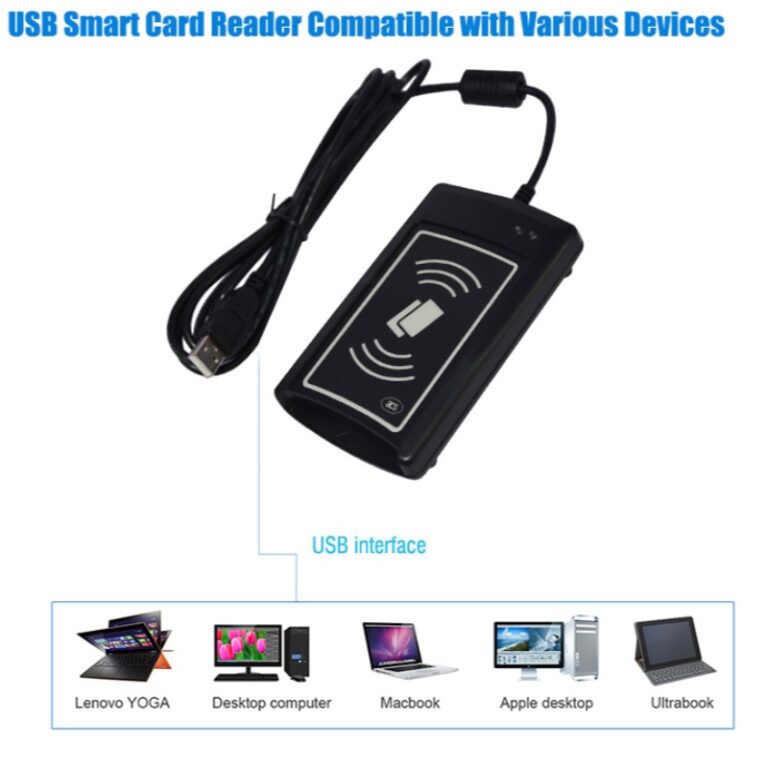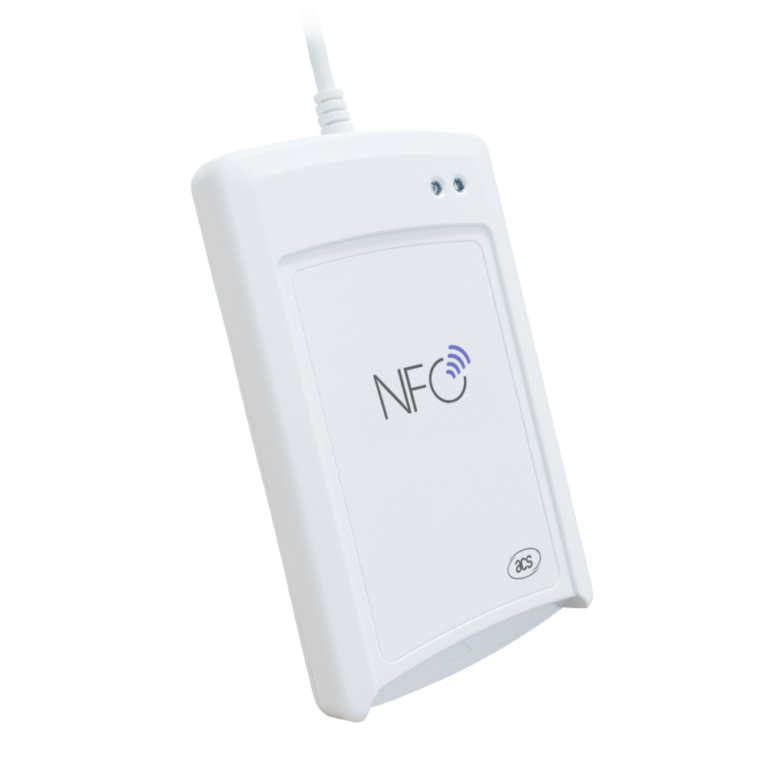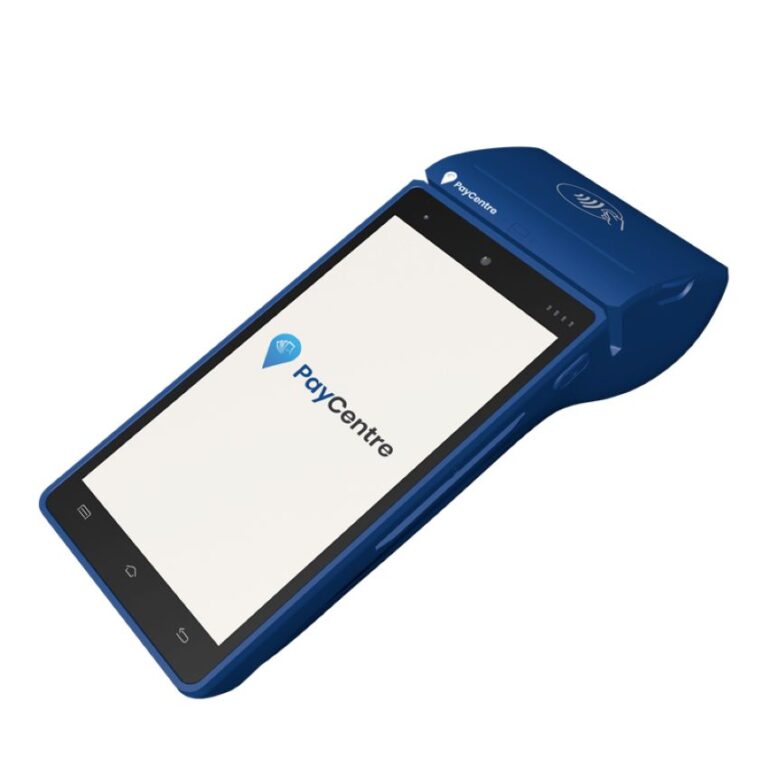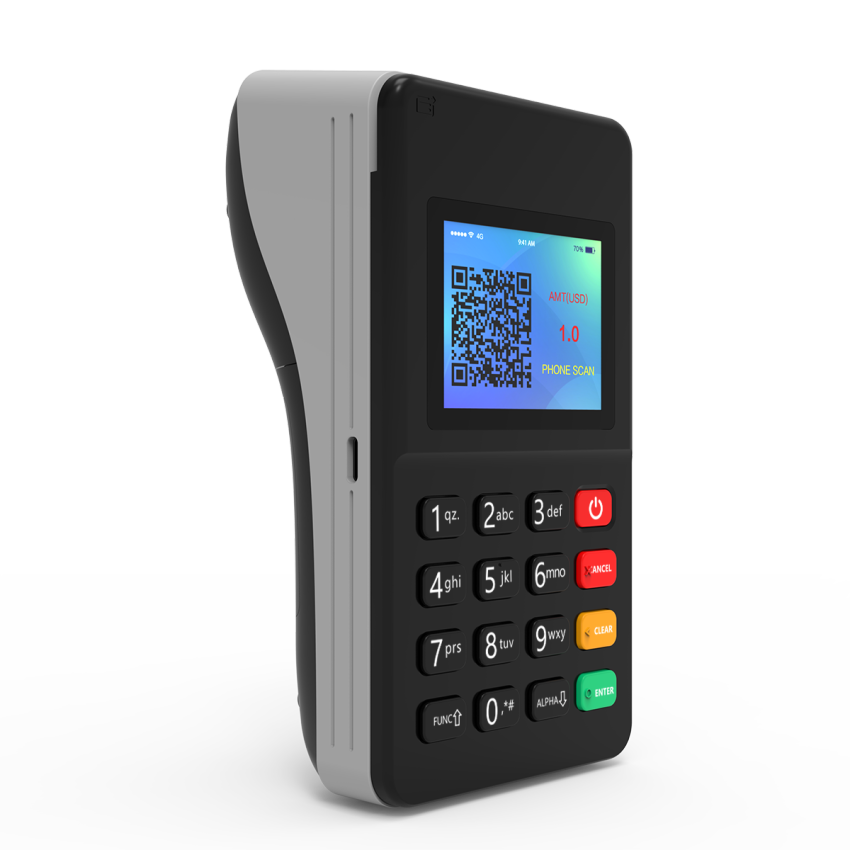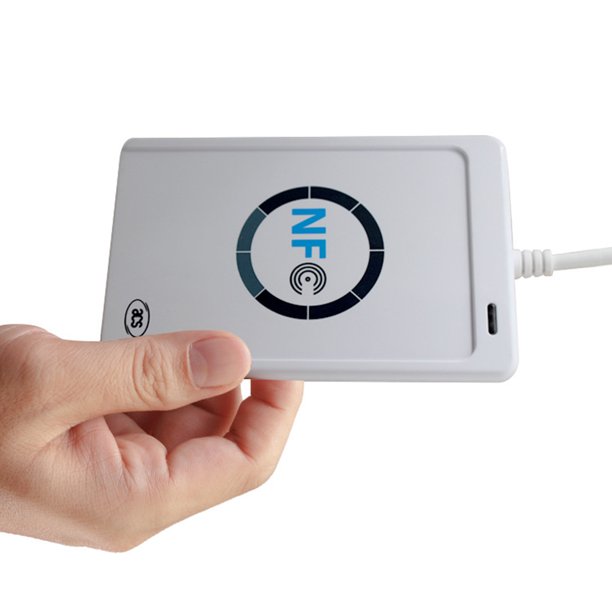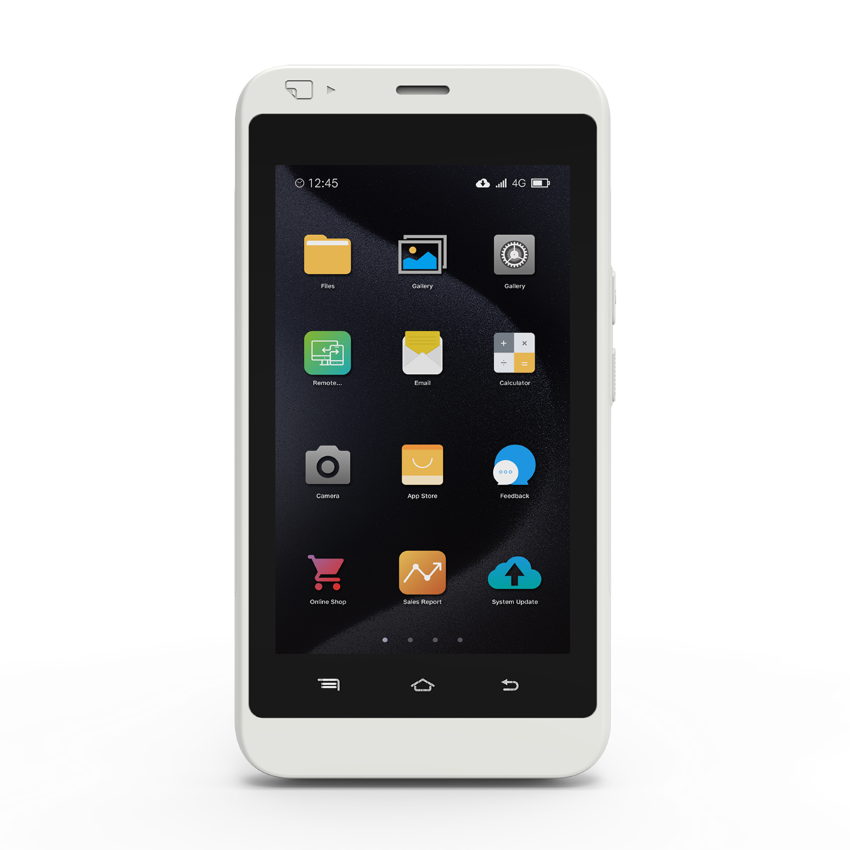-
Long Zhi Xiang Tiancheng Science and Technology Park, Shenzhen
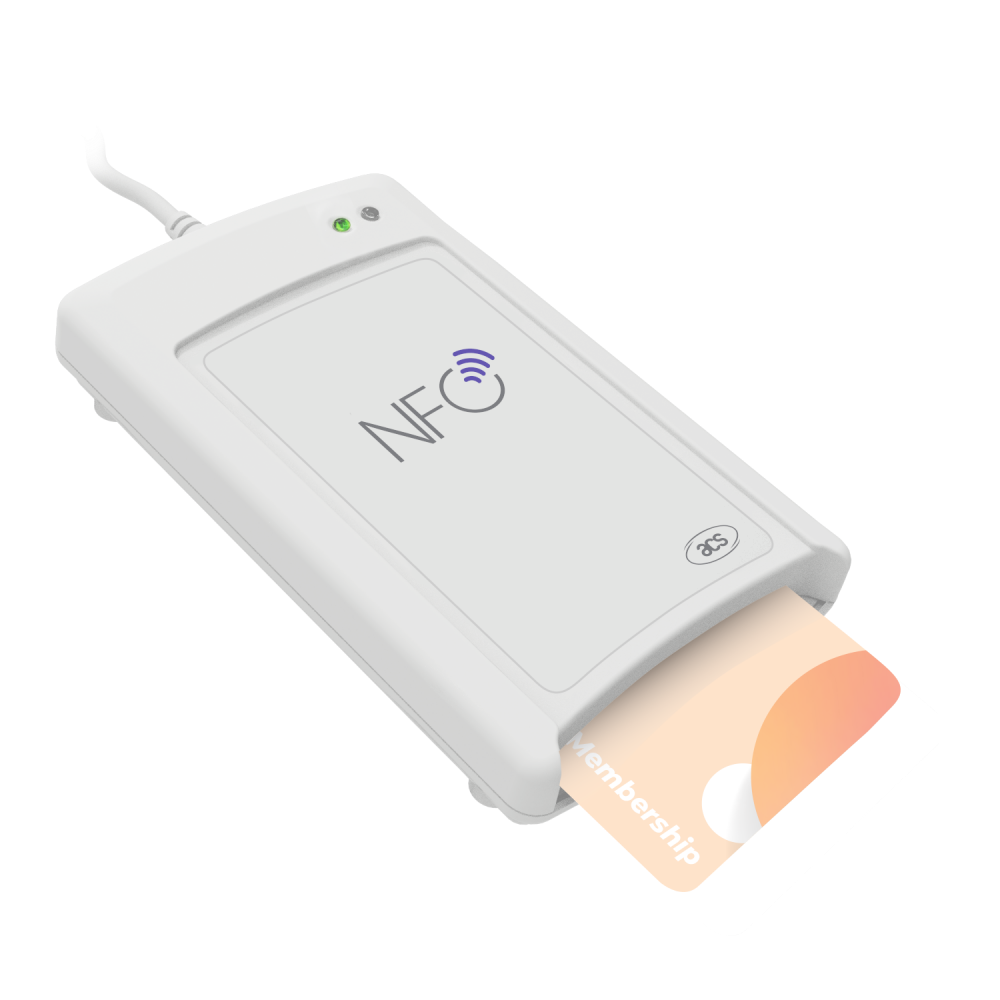
ISO14443 and 15693 Protocols Explained For RFID NFC Reader
Understand ISO14443 & ISO15693 protocols for RFID NFC Reader! Explore their differences, working principles, applications in access control and NFC payment etc. Get key features now.
Table of Contents
ISO14443 and ISO15693 are high-frequency (13.56 MHz) Radio Frequency Identification (RFID) protocols widely used for wireless identification and data transfer. They offer longer read ranges, support fast data transmission, and compatibility with multiple tags, leading to broad applications across industries. These include POS systems, access control, healthcare, and library/archive management.

Working Principles
- Activation and Identification:
- The RFID NFC reader sends an activation command to nearby tags supporting the respective protocol.
- Activated nfc tags respond, typically including their unique Tag ID (UID).
- Command Transmission:
- The NFC reader sends a command frame to the NFC tag, which can include read, write, lock, etc.
- The command frame includes the opcode and relevant parameters.
- NFC Tag Response:
- The NFC tag receives and parses the command frame, executing the appropriate action.
- The tag responds with a response frame containing status information and potential data.
- Data Exchange:
- If the command involves reading data, the tag transmits the data to the reader.
- For write commands, the reader transmits the data to be written to the tag.
- Data Parsing and Processing:
- The NFC reader receives and parses the tag’s response frame.
- Parsing involves verifying data integrity and checking status codes.
- Status Check and Handling:
- The reader checks the tag’s response status to determine if the operation was successful.
- Based on the status code, the reader may take appropriate actions, such as resending the command or reporting the operation’s success.
- Communication Termination:
- After completing communication, the reader can send a termination command to put the tag in an inactive state.
The entire process is achieved through radio frequency (RF) communication using the 13.56 MHz high-frequency band. This working principle enables readers to communicate with tags over relatively long distances, providing flexibility and convenience applicable to many applications, including logistics, inventory management, and access control.
Key Differences Between ISO14443 and ISO15693
- Scope and Purpose:
- ISO14443: A contactless IC card standard defining read/write devices that use inductive coupling to power nearby cards and control data exchange.
- ISO15693: An international standard for RFID applications defining the air interface and data communication specifications for smart tags and readers operating at 13.56 MHz.
- Coupling Method:
- ISO14443: Uses near-field coupling, suitable for short-range communication.
- ISO15693: Uses far-field coupling, suitable for long-range communication.
- Functionality and Use Cases:
- ISO14443: Features high security through data encryption and authentication mechanisms, ensuring data transmission integrity and confidentiality. Suitable for scenarios requiring high security and short-range communication, such as access control systems, public transport ticketing, and identity authentication.
- ISO15693: Offers higher communication rates and longer communication distances, suitable for scenarios requiring rapid identification of many tags, such as inventory management, logistics tracking, and smart manufacturing.
- Technical Parameters and Standards:
- ISO14443: Divided into Type A and Type B modes. Type A offers moderate communication speeds and supports anti-collision technology, enabling simultaneous identification of multiple tags. Type B balances communication speed and security, suitable for applications demanding higher communication rates.
- ISO15693: Employs a polling mechanism and time-division query to complete the anti-collision mechanism, making it possible to correctly operate multiple tags simultaneously within the reading area, both facilitating operation and improving speed.
In summary, the ISO14443 protocol is suitable for scenarios requiring high security and short-range communication, while the ISO15693 protocol is suitable for long-range communication scenarios that require the fast identification of many tags.
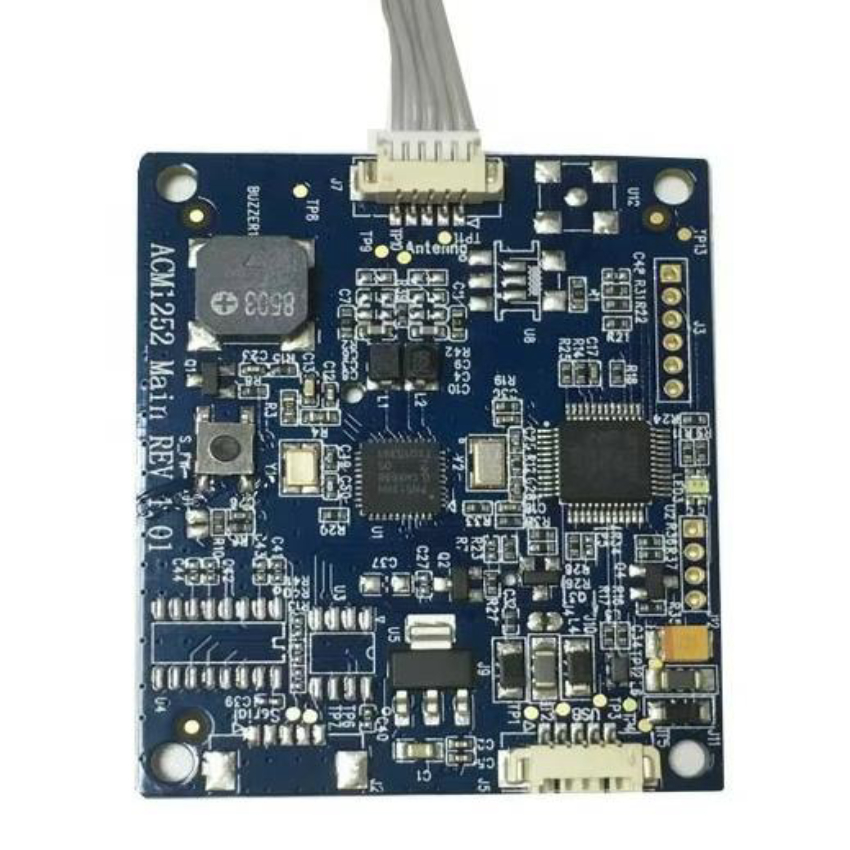
Product Features (NFC Reader Specifications)
- Reader/Writer Mode Support:
- Supports ISO/IEC 14443 Type A NFC reader/writer mode.
- Supports ISO/IEC 14443 Type B NFC reader/writer mode.
- Supports ISO/IEC 15693 reader/writer mode.
- Supports M1 encryption mode.
- ISO14443 TYPEA supports communication rates of 106kbps, 212kbps, 424kbps, 848kbps.
- ISO14443 TYPEB supports communication rates of 106kbps, 212kbps, 424kbps, 848kbps.
- ISO15693 supports single/dual subcarrier modes, with single subcarrier speeds up to 52.97kbps and dual subcarrier speeds up to 26.69kbps.
- Reader operating distance up to 100mm (depending on antenna design).
- Low Power Modes:
- Hard powerdown mode.
- Soft powerdown mode.
- Lpcd power card detection mode.
- Internal Components:
- Built-in low-power ring oscillator external field RF level detection circuit.
- Clock and Peripheral Interfaces:
- Built-in oscillation circuit with external 27.12MHz crystal.
- Pin-multiplexed design supports multiple host interfaces.
- SPI interface up to 12Mbps.
- I2C interface supports fast mode up to 400Kbps, with hardware address programmable mode.
- Serial UART interface, supporting RS232 frame format, with communication rates up to 1.2Mbps
- Host interface has independent power supply.
- RF Transmission:
- RF transmission driver uses independent power supply.
- 64Byte transmit/receive buffer FIFO.
- Configurable CRC16 data verification algorithm.
- Multifunctional programmable timer.
- Flexible and configurable interrupt output mode.

